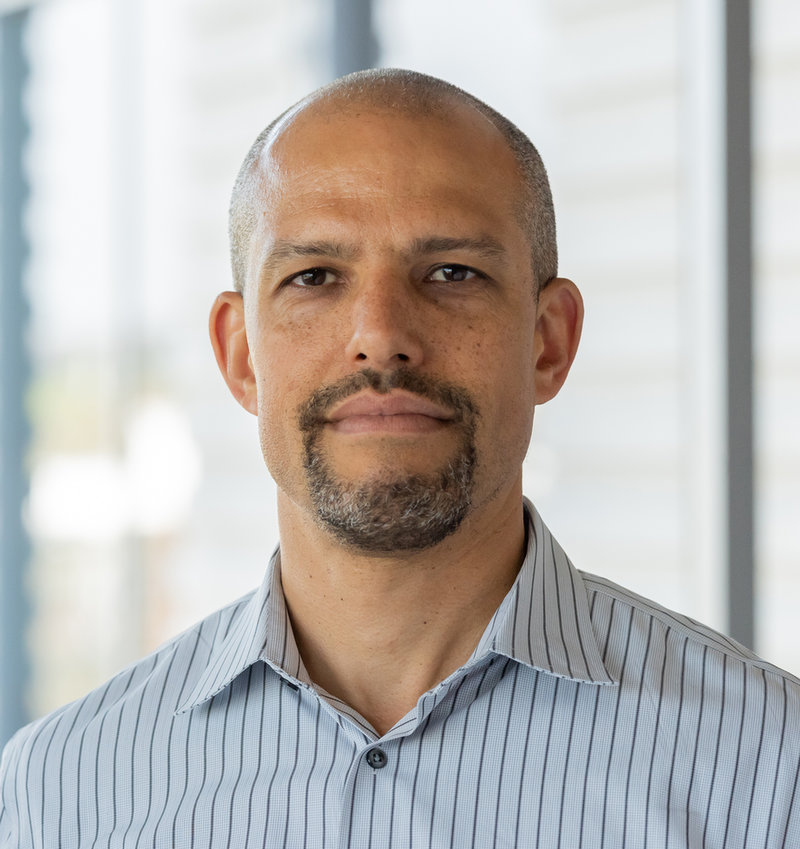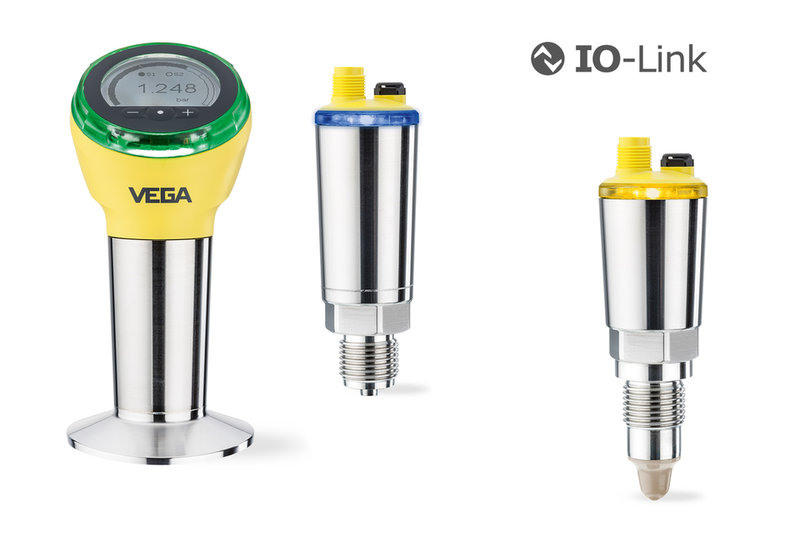Image: Genevieve de Manio
Image: Twist Bioscience
Q&A: Oncology
Q&A with Genocea: improving cancer treatment with precise, personalised targets
Genocea’s ATLAS platform can determine the best target for each individual cancer patient, primarily by identifying and excluding a new type of antigen, called an Inhibigen, which can undermine a therapy’s anti-tumour effect. Allie Nawrat talks to Genocea’s CEO and president Chip Clark about the company’s approach and how it improves on existing immune-focused approaches in oncology.

Image: Genevieve de Manio

Massachusetts-based Genocea believes that the key to tackling cancer is to ensure immunotherapies are focusing on the right targets for each patient, thereby optimising their immune system’s response against the tumour.
Genocea believes its proprietary ATLAS platform improves upon current in silico predictive target identification methods. This is because ATLAS uses an in vitro assay from a patient to identify the polypeptides that correspond to their tumour mutations. The platform can therefore identify optimal T cell antigens, known as neoantigens due to their personalisation, as the target for that patient. Crucially, the platform also allows Genocea to identify, and thus exclude, a new category of antigens, Inhibigens,, which inhibit T cell responses and ultimately undermine the anti-tumour effect of the therapy.
The company’s CEO and president Chip Clark explains how Genocea’s ATLAS platform and two lead candidates – GEN-009 and GEN-011 – could overcome the challenges facing the development of immunotherapies and cell therapies to date.
Allie Nawrat: What are the challenges currently facing the development and commercialisation of innovative cancer treatments?
Chip Clark: The field is hungering for new targets [to give us a] better focus for our products. The first wave in immuno-oncology has been both really successful and tantalising. With immune checkpoint inhibitors, we know that they are miraculous for somewhere between 10% and 40% of patients and that they work non-specifically to unleash T cells that home in on so-called neoantigens, or personalised tumour mutations. But, we don't know how to provide the steering wheel that would accompany the brake release that comes from these drugs.
We also know from the first generation of cell therapy, so called CAR-T therapies, that they can be tremendously effective in really sick patients, but we're searching for more and better targets there.
How has Genocea attempted to overcome these challenges with its ATLAS platform?
What sets the company apart is our ATLAS technology platform. The basic concept is to know what is a great target, you must look comprehensively at both the tumour and the immune system by using patient biology, not other tools.
The specific idea is simply that we recreate ex vivo the immune responses every patient has to their tumour. This is a treasure trove of information that tells us what is relevant to the patient, meaning our therapies will be more able to focus on what are ‘good’ neoantigens.
The conventional wisdom has been that target antigens are either good or irrelevant. This means you can have an ineffective therapy because you have the wrong targets in there.
However, our platform has also unexpectedly helped us to find a third category of targets; this means antigens are not just good or irrelevant, there are some that are bad. We are calling these Inhibigens or inhibitory antigens, these are ones that broadly suppress the anti-tumour immune responses people make, and therefore, limit a person's ability to fight their cancer. It goes without saying that we want to avoid these in our therapies, and our platform allows us to do this.
By ensuring everything in the therapy is relevant to that patient’s tumour, and there is nothing making it more harmful, our approach can avoid side effects and waste, as well as be more cost-effective.
Tell me about the two lead products in your pipeline, GEN-009 and GEN-011.
We’re pursuing two complimentary approaches: GEN-009 is a vaccine and GEN-011 is a cell therapy. At the outset they are targeting slightly different patients; GEN-011 is targeting a more severe patient population – [those who are] refractory to checkpoint inhibitors – whereas our initial hypothesis for the vaccine is that it will complement checkpoint inhibitors.
Each is progressing really nicely. For GEN-009, we are running the second part of our Phase I/IIA clinical trial, which is in combination with a checkpoint inhibitor in patients with moderate to severe cancers, and we expect to be reporting out the initial tumour shrinkage data from this trial in Q2 or Q3 this year. For GEN-011, we are doing the last of pre-investigational new drug (IND) work with an eye towards filing the IND next quarter.
In both cases, we are looking at cancer types where there is some evidence that checkpoint inhibitors can work. There has to be some belief that there is some intact immune system that we are looking to enhance and focus simultaneously.
How does GEN-011 improve uponexisting personalised T cell therapeutic approaches, such as CAR-T, TCR and TIL therapies?
CAR-T [Chimeric antigen receptor T cell] therapy works exceptionally well in certain blood cancers. But when we think about solid tumours, there are a few contrasting approaches. One is tumour infiltrating lymphocytes (TIL) therapy, which is exemplified by some pioneering work at the National Cancer Institute in the US, as well as Iovance, which has had some great Phase II data in some refractory patients.
The disadvantages of TIL therapy are, first of all, they are non-specifically expanding. Second, you need a lot of tumour in order to get enough TILs, and [finally], these TILs are very tired T cells.
TCR [T cell receptor] therapy identifies certain cancer antigens and engineers T cells to go after certain targets. This has the potential for being more specific [than TIL therapy], but it has some very significant downsides. One is simply the cost and time required to engineer these cells. Second, it's hard to get the broad spectrum, multi-target attack that TIL therapy can do. And third, they are too specific; there is a lot of genetic diversity in human T cell response, and TCR therapies can only work for certain HLA [human leukocyte antigen] types.
Our GEN-011 should build on the successes of TIL therapy, but have none of the disadvantages of either TIL or TCR therapy. [Compared to TIL therapy,] our ATLAS platform puts power at the front end to choose T cells to the right antigens and to rule out T cells to the wrong ones, and we are using T cells from the periphery – just a blood draw from the arm – rather than excising a tumour and trying to extract from there. We think there is a simplicity inherent in that. Also, those in the blood have much greater proliferative potential. In contrast to TCRs, our approach should work for any patient. There's no HLA restriction and no engineering.
What does the future look like for Genocea’s ATLAS platform and pipeline of products?
The products are still early in clinical trials. We've successfully overcome the not-insignificant challenges of doing this on a small scale, but the question is whether there is a way to make this operational for potentially hundreds of thousands of people. Until we have the benefit of scale, there is a significant cost. Until we start to demonstrate clinical efficacy, we are just making noise.
Our focus is on GEN-009 and GEN-011 and delivering clinical efficacy. I am confident that we will be able to attract the capital required to advance to the later stage.